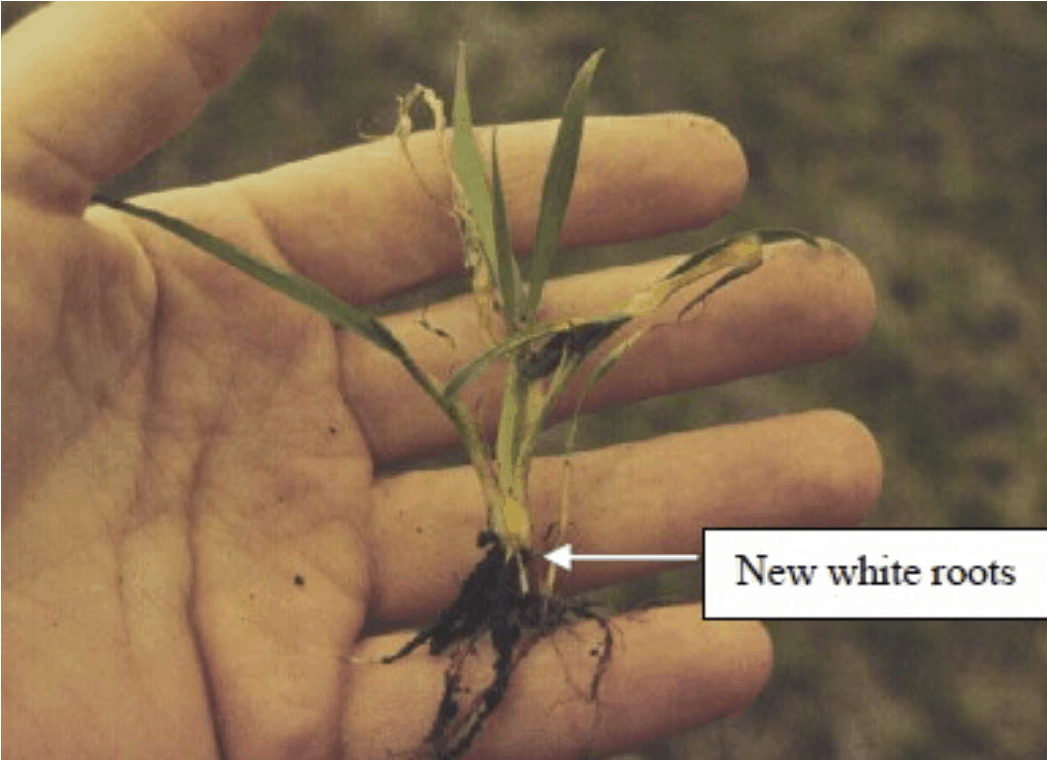Assessing winter survival in wheat
Factors affecting winter survival in wheat
The ability of winter wheat plants to survive winter often depends on each plant’s ability to tolerate low temperatures. Winter wheat plants go through a process called ‘cold acclimation’ in the fall during which each plant acquires the ability to withstand the cold temperatures experienced during the winter. This process is affected by planting date, fertility, seeding depth, and most importantly, the weather.
The stage of crop development in the fall influences not only winter survival and yield potential but also crop competitiveness, maturity and the risk of infection with diseases. Winter wheat needs to grow under cool conditions to permit head initiation in the spring. This usually occurs in the fall, but in delayed germination situations, may occur in the cool spring conditions.
Table 1. Potential impacts of fall growth stages on winter wheat production.
Competition Rating: 5 = most competitive, 1 = least competitive
Field Survival Index: 514 is max for winter wheat
Assessing plant life
Brown, dried leaves do not necessarily indicate dead plants, and green leaves are not a sure sign that the crop has survived. The only way to properly assess winter survival is to examine the crown of the plants for the development of new white roots. Figure 1. shows a plant in good condition with the crown appearing white and healthy and new roots developing.
To accurately assess winter survival of plants, you need to wait for at least three warm days (above 15 degrees Celsius) after the snow goes away. If you look too early, it’s hard to determine if the crown is alive and growing.
Stand assessments
Optimum plant stand is 20-30 plants per square foot. Steps to determine your plant stand:
- Count number of plants per 1 foot of row (it is good to count the number of plants in neighbouring rows at each location)
- Repeat in at least ten random locations in each field (2 counts at ten random spots = 20 counts)
- Average the number of plants per foot of row for each field
- Pay attention to uniformity in the field when assessing stand
Most surviving plants will make 2-3 good heads.
Don’t over-quantify winter kill or drowned out areas. If less than 10% of the field is killed out, and the majority looks good, keep it.
Holly Loucas, Agronomist, Dow AgroSciences.
Source: Determining Yield Potential for Various Plant Stand Counts. Smid, Ridgetown College, University of Guelph, 1986-90.
References: Zero Tillage Facts: Winter Survival and Spring Assessment of Winter Wheat. J. Heard & D. Domitruk. 2001.




